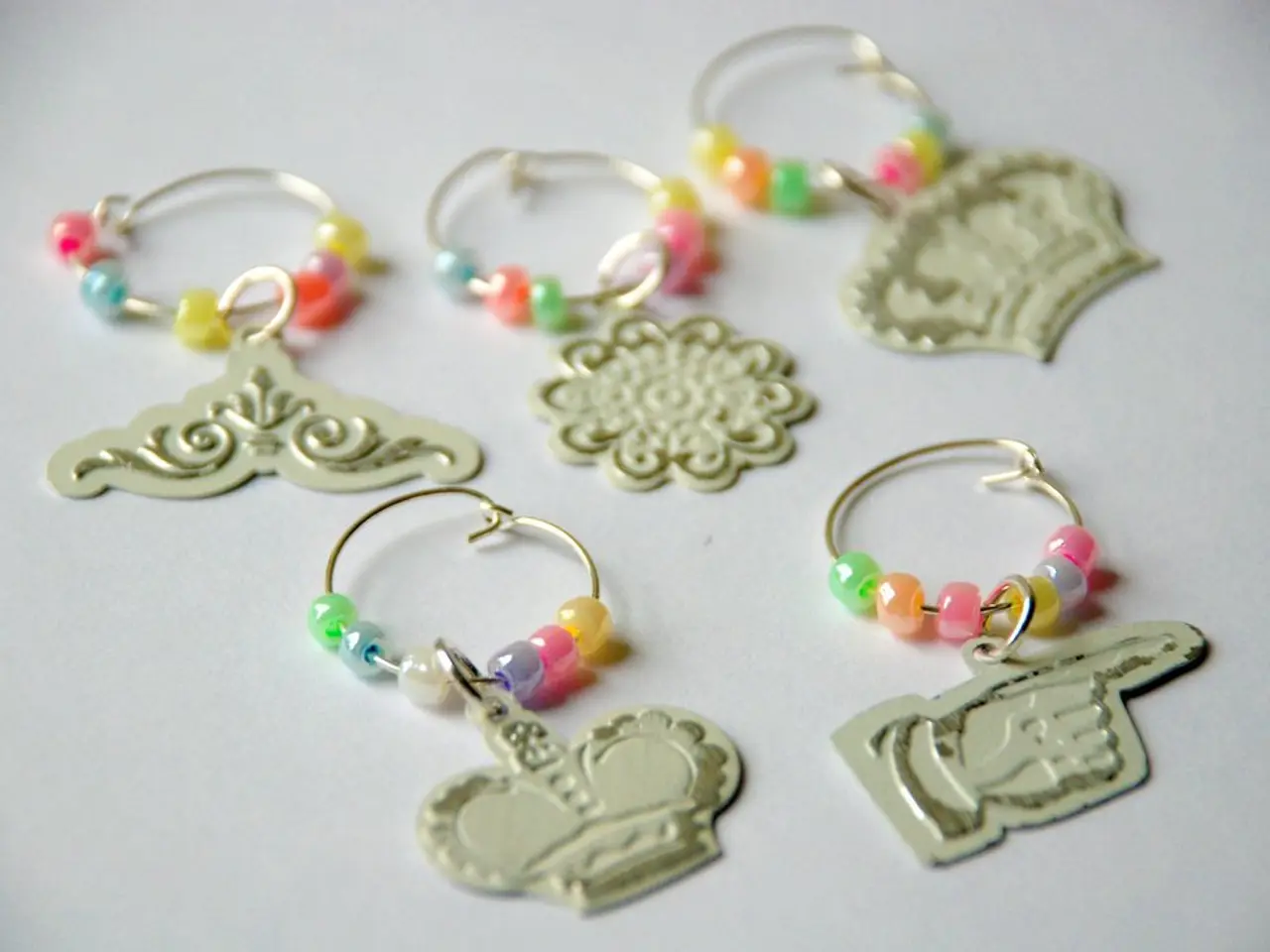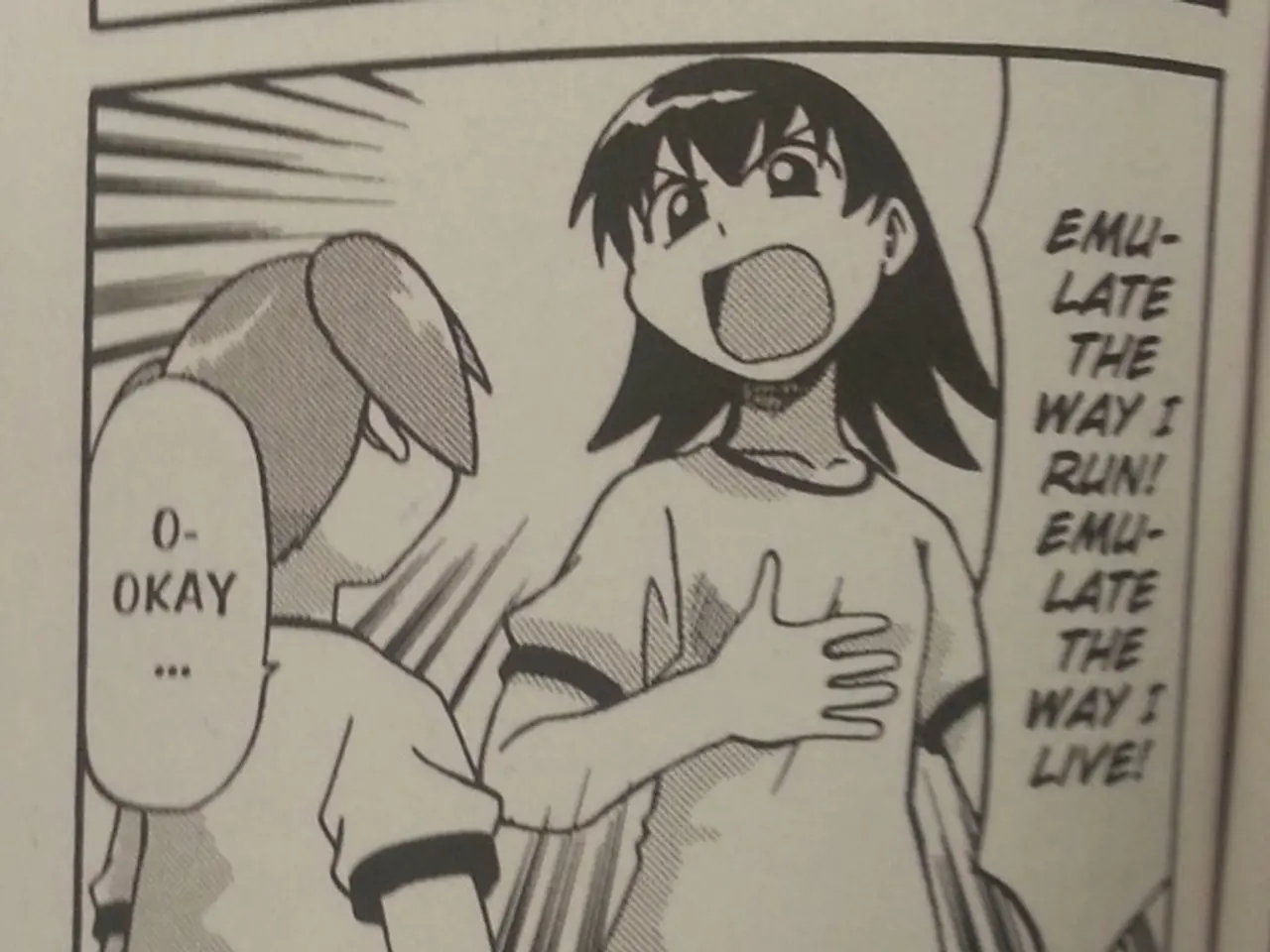Coping Strategies for Minimizing Pain from Piercings in Kids
Piercings have become a popular form of self-expression for children, but it's essential to approach this decision with caution and proper understanding. Here's a guide to help parents navigate the process, from choosing the right piercer to managing potential complications.
Preparation and Safety Measures
Before getting a piercing, it's crucial to know emergency contact information. This includes your piercer's phone number, your pediatrician's after-hours line, and the location of the nearest urgent care facility.
When it comes to pain management, children's acetaminophen and ibuprofen are generally safe when used according to package directions and pediatrician guidance. Ibuprofen is often preferred because it reduces inflammation as well as pain. Never give aspirin to children under 18 due to the risk of Reye's syndrome.
Choosing the Right Time for a Piercing
Children should be able to follow multi-step instructions, take responsibility for daily care tasks, and express genuine interest rather than peer pressure. Most experts recommend waiting until age 6-8 for ear piercings, though individual maturity varies significantly.
During and After the Piercing
Avoid removing or changing jewelry during the initial healing period. It's also advisable to avoid swimming in pools, hot tubs, lakes, oceans, or bathtubs during initial healing.
Replace jewelry periodically with high-quality metals like surgical steel, titanium, or solid gold to prevent allergic reactions and metal degradation. Continue regular cleaning with gentle soap and water during normal bathing after initial healing.
Managing Pain and Complications
Some pain is normal during healing, but severe, increasing, or persistent pain may signal infection, allergic reaction, or other complications. Pain accompanied by fever, red streaking, or foul-smelling discharge requires immediate medical attention.
Don't use alcohol, hydrogen peroxide, or antibiotic ointments on healing piercings unless specifically directed by a healthcare provider. If your child wants to remove a new piercing due to pain, address it with appropriate management techniques first, and consult the piercer or healthcare provider before making decisions about removal.
Finding the Right Professionals
Find pediatric-experienced piercers or healthcare providers who understand children's unique needs and can provide age-appropriate care. Most piercing complications respond well to prompt, appropriate treatment when caught early.
Documentation and Medical Appointments
Prepare for medical appointments by documenting symptoms with photos, keeping records of cleaning routines and medications used, and writing down specific questions or concerns. Schedule routine medical appointments for persistent pain that worsens rather than improves after the first week, discharge that becomes thicker, darker, or foul-smelling, allergic reactions including widespread rash or difficulty breathing, or any concerns about healing progress.
Recognising Early Signs of Problems
Teach children to recognise and report early signs of problems rather than waiting for pain to become severe. Seek immediate medical care for fever above 100.4°F (38°C) accompanied by piercing symptoms, red streaking extending from the piercing site, rapidly spreading swelling or redness, or any signs of systemic illness.
Trust Your Instincts
Parents should trust their instincts about their child's condition and seek help when something doesn't seem right, even if symptoms don't perfectly match textbook descriptions.
Piercing Pain in Children
Children experience piercing pain differently than adults primarily due to differences in their nervous system development, anatomy, physiology, and pain expression abilities. This requires specialized assessment and management approaches for pediatric pain.
Conclusion
With the right preparation, understanding, and care, children can safely enjoy the experience of getting pierced. Always consult with a healthcare professional or experienced piercer to ensure the best possible outcome for your child.
It's important to note that the world of science and health-and-wellness play significant roles in the process of children's piercings. For instance, understanding a child's maturity level is crucial before they get pierced, often recommended for ages 6-8, as they should be able to follow multi-step instructions (science of development).
Moreover, managing pain and potential complications require knowledge about children's pain management, such as the safe use of acetaminophen and ibuprofen (health-and-wellness). Finding a pediatric-experienced piercer or healthcare provider also falls under this category, as they understand children's unique needs (science of healthcare).




